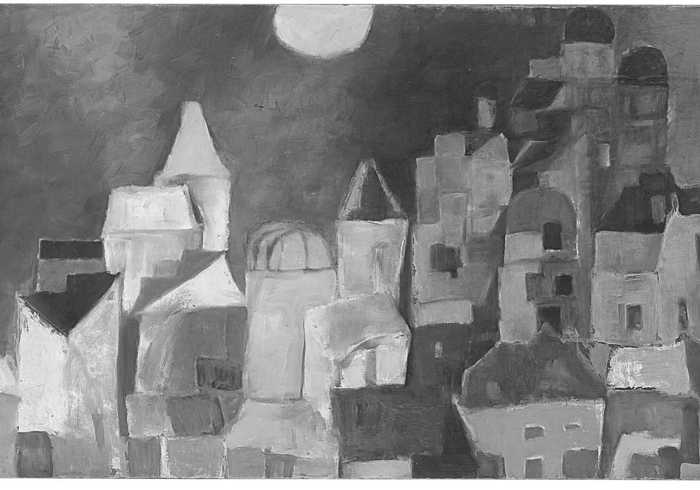Akbar Padamsee, who was preeminent in the development of Indian modernism, has died. Over seven decades his work spanned painting, prints, photographs, sculpture and film. He was best known for his use of vibrant colour, and depiction on canvas of heads, torsos and nudes, as well as the incorporation of Sanskrit texts and Chinese writings, Hindu iconography and Paul Klee’s pedagogical diagrams into his painting.
Born in Mumbai in 1928 to a Khoja Muslim family, Padamsee was the youngest of eight siblings. He later said however that is was images of gods and goddesses, shown to him by a nanny, which set him down the path to art making. After studying at the Sir J.J. School of Art, in Mumbai, he left for Paris in the 1950s, having become enamoured by the Fauvism and French artists such as Georges Rouault. In 1959, on return to Indian the artist entered his so-called ‘grey period’, producing a series on monochrome semi-abstract landscapes at odds with his reputation for vibrant colour. These were shown at a critically well-received exhibition at Mumbai’s Jehangir Art Gallery in 1960. In 1965 he travelled to New York on a Rockefeller fellowship and was subsequently invited to the University of Wisconsin-Stout, as artist in residence. He returned to India in 1967, receiving the Nehru Fellowship two years later. As part of this, he established the Vision Exchange Workshop for artists and filmmakers. There he made SYGYZY, a video animation based on a set his own geometrical drawings.
Though never a member of the Progressive Artists’ Group – the radical collective which included MF Husain, FN Souza and KH Ara among its number – in his rejection of orientalism and nostalgic nationalism, Padamsee was recognised as a fellow traveller. He enjoyed several solo exhibitions in India and featured in group exhibition at the Centre National des Arts Plastiques, in Paris; the National Gallery of Modern Art, in New Delhi; the Museum of Modern Art, in Oxford; and at the Royal Academy of Arts, in London. His work was also exhibited at the Biennales of São Paulo, Tokyo and Venice.
13 January 2020
